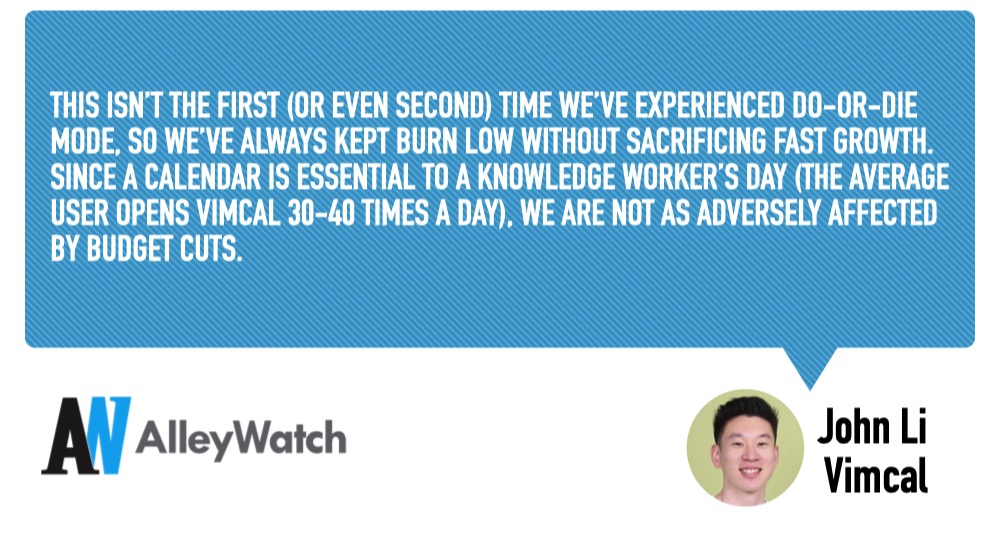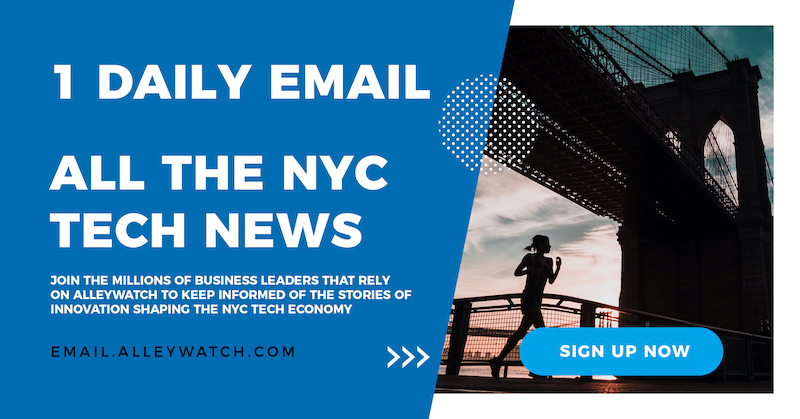Calendars have become the lifeline for productivity for enterprises for both teams and individual employees. Yet, the professional calendar experience has largely been dominated by Outlook and Google, which allow you to schedule and organize but not necessarily in the most efficient manner possible. Vimcal is a modern calendar app specifically designed for busy people with hectic schedules. The app features instant booking links to coordinate availability that prevents unnecessary back and forth without the awkward impersonalization of Calendly, keyboard shortcuts for power users, natural language processing for an intuitive and time-saving experience, and native design for use by teams. Organizations are able to get a command of tasks, meetings, and events visually through a holistic perspective that integrates natively with Outlook and Google Calendar. Vimcal is available as a monthly or annual subscription for both individuals and teams. The company has also recently expanded its offering with a dedicated solution for executive assistants, who spend 70% of their day in calendars, managing the schedules of their colleagues.
AlleyWatch caught up with Vimcal CEO and Cofounder John Li to learn more about the business, the company’s strategic plans, latest round of funding, which brings the company’s total funding raised to $6.4M, and much, much more…
Who were your investors and how much did you raise?
We were fortunate to have Altos Ventures lead our seed funding round, raising $4.5M.
Tell us about the product or service that Vimcal offers.
Vimcal is the world’s fastest calendar experience, designed for busy people with the most hectic calendars.
It comes fully featured with time zone conversion, booking links, keyboard shortcuts, and everything else a modern calendar app should have. It’s also the only calendar to be built with team functionalities in mind first.
What inspired the start of Vimcal? My cofounder, Mike, and I first came up with the idea for Vimcal while fundraising for our last startup after YC Demo Day.
My cofounder, Mike, and I first came up with the idea for Vimcal while fundraising for our last startup after YC Demo Day.
Almost overnight, we started having to schedule 30+ investor meetings every week. As much as we loved using Calendly, sending just a URL to an investor came off as rude.
We had no choice but to manually coordinate what times we sent to whom. Mix in Asian and European time zones and the result was a bunch of embarrassing double bookings, “Oops that time is taken”, and even one accidental 4 am call.
The tools that were supposed to help us got in our way, so like any maker, we decided to build our own!
How is Vimcal different?
Who we serve determines what we build. Vimcal was originally built for entrepreneurs, which is why over 50% of our users are startup founders, fund managers, executives, business owners, freelancers, etc.
As a result, Vimcal has the most flushed-out features for extremely complex calendar use cases — multiple calendar accounts in one view, mix of Outlook and Google accounts, scheduling features for teams, etc.
It’s also the only calendar that’s built with a multiplayer experience in mind first. No other calendar boasts as many useful features for entire teams and companies.
What market does Vimcal target and how big is it?
As one fellow CEO once told me, Vimcal has the “mother of all TAMs” — a true Product-Led Growth (PLG) product that serves every employee within a company, and any company regardless of industry.
We recently launched a second product called Maestro, which is the world’s first calendar designed for Executive Assistants. This opens up a whole new customer segment and allows us to go upmarket to enterprise-level clients.
What’s your business model?
Monthly and annual subscriptions for both individuals and teams. Enterprise packages are coming soon.
How are you preparing for a potential economic slowdown?
This isn’t the first (or even second) time we’ve experienced do-or-die mode, so we’ve always kept burn low without sacrificing fast growth.
Since a calendar is essential to a knowledge worker’s day (the average user opens Vimcal 30-40 times a day), we are not as adversely affected by budget cuts.

What was the funding process like?
The funding process was quite a marathon, with its fair share of ups and downs, especially during the summer.
Investors also cared much more about traction this time around. If I could tell founders one thing, it’s that all the talk on VC Twitter about prioritizing profitability is geared towards those investors’ portfolio companies, not towards you, the potential new investment.
They say they care about profitability, but they still care the most that you’re growing like a rocket ship, not that you’re cutting costs. You just have to grow equally fast with half the burn as before.
If I could go back, I would also not have started in May and would have waited until August to raise. Meetings that happened between June 15 and August 1st were basically lost causes. I’d have a great conversation with an investor and they’d leave for vacation for a few weeks.
No matter how exciting our initial conversation was, it probably paled in comparison to the 2 weeks they spent with their family in the south of France, so when they came back our pitch was stale in their minds. It’s not their fault, you’re just fighting against momentum.
There was a noticeable pickup in activity and response rate starting the last few days of July.
What are the biggest challenges that you faced while raising capital?
Convincing investors of the scalability and necessity of a calendar tool in a crowded market was challenging. We overcame this by pivoting our narrative from a calendar tool to a comprehensive meeting management platform, which has always been the goal.
What factors about your business led your investors to write the check?
Our investors were impressed by our growth, the innovative Maestro platform, and our AI functionalities. The positive reception from users and the potential for expansion into enterprise solutions were also significant factors.
What are the milestones you plan to achieve in the next six months?
Over the next six months, we aim to expand our user base, enhance our AI features, and solidify our presence in the enterprise sector. We’re also hiring across multiple roles like engineering, sales, and marketing to hit our goals.
Over the next six months, we aim to expand our user base, enhance our AI features, and solidify our presence in the enterprise sector. We’re also hiring across multiple roles like engineering, sales, and marketing to hit our goals.
What advice can you offer companies in New York that do not have a fresh injection of capital in the bank?
The NY VC scene is vibrant. Try to meet investors in person whenever possible (as you might already know, they’re all located around Flatiron).
At the same time, don’t be afraid to line up a bunch of meetings in the Bay Area and fly out to meet in person. I flew over twice during our fundraise. You can connect so much better in person than over Zoom, especially if you’re scouting who to build a 5–10-year relationship with.
Where do you see the company going now over the near term?
Maestro is a big focus for us going forward. No one builds software for EAs, who spend 70% of their day in the calendar.
Serving EAs also means we’ll need to foray into the enterprise world, since EAs are typically at larger companies.
I like to say that EAs are the Navy Seals of calendar users. They have the most complex use cases and deal with the most high-stakes meetings. Building for them will drastically improve the flagship Vimcal product as a side effect.
What’s your favorite fall destination in and around the city?
I love going to Book Club in the East Village on weekends, ordering a hot apple cider, and getting lost in a good book. It’s extra cozy if it’s raining or snowing outside. Make sure to go early or you’ll be standing the whole time!
You are seconds away from signing up for the hottest list in NYC Tech!
Sign up today
- SEO Powered Content & PR Distribution. Get Amplified Today.
- PlatoData.Network Vertical Generative Ai. Empower Yourself. Access Here.
- PlatoAiStream. Web3 Intelligence. Knowledge Amplified. Access Here.
- PlatoESG. Carbon, CleanTech, Energy, Environment, Solar, Waste Management. Access Here.
- PlatoHealth. Biotech and Clinical Trials Intelligence. Access Here.
- Source: https://www.alleywatch.com/2023/11/vimcal-calendar-app-steamlined-team-collaborative-scheduling-meeting-booking-shortcuts-john-li/




